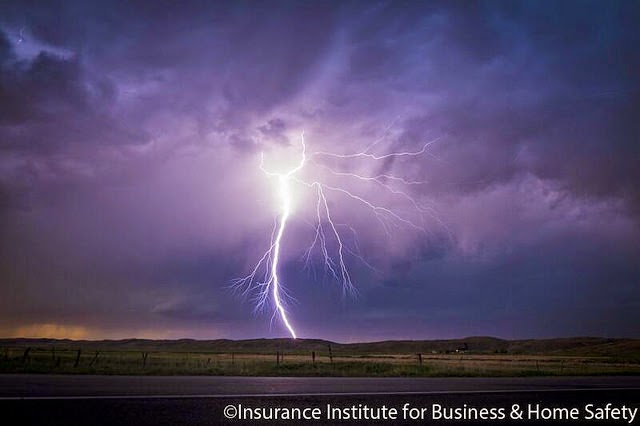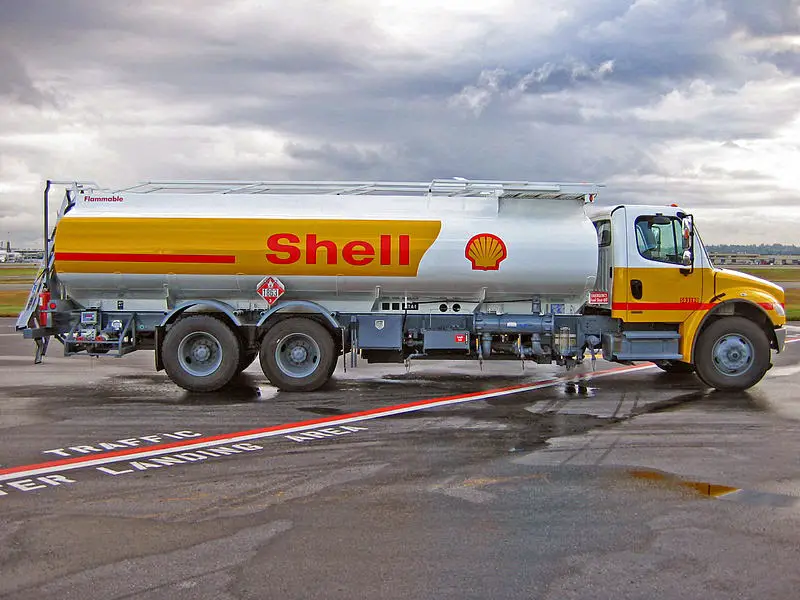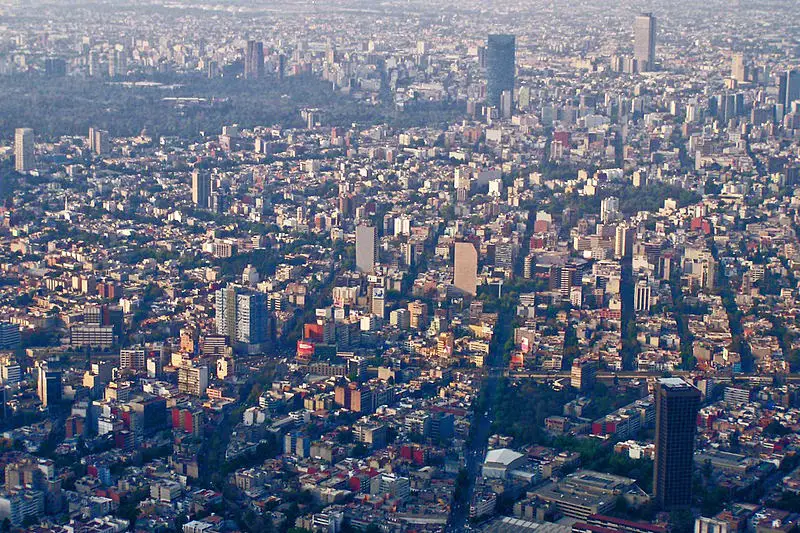 Another rousing edition of The Completely Useless Facts of the Week. This week’s issue is rather electrifying.
Another rousing edition of The Completely Useless Facts of the Week. This week’s issue is rather electrifying.
 Lightning strikes the earth about 8 million times a day, and a lightning bolt generates temperatures five times hotter than those found at the sun’s surface. That’s about 53,540 degrees Fahrenheit (29,726 Celsius) compared to 10,340 degrees Fahrenheit (5,726 Celsius) at the sun’s surface, just in case anyone is counting. The air around a lightning bolt heats the air to around 18,000 degrees Fahrenheit (9,982 Celsius) which causes the air to expand rapidly. This produces the sound wave we know as thunder.
Lightning strikes the earth about 8 million times a day, and a lightning bolt generates temperatures five times hotter than those found at the sun’s surface. That’s about 53,540 degrees Fahrenheit (29,726 Celsius) compared to 10,340 degrees Fahrenheit (5,726 Celsius) at the sun’s surface, just in case anyone is counting. The air around a lightning bolt heats the air to around 18,000 degrees Fahrenheit (9,982 Celsius) which causes the air to expand rapidly. This produces the sound wave we know as thunder.

No matter how cold it gets, gasoline will not freeze. The United States Bureau of Standards doesn’t even list a freezing point for gasoline. Gasoline will slowly become more viscous at extremely low temperatures, but we’re talking (by one report) in the -60 to -90 degree Fahrenheit range (-51 to -67 Celsius) with solidification being possible in the -180 to -240 degree Fahrenheit range (-117 to -151 Celsius). I think we can safely say it doesn’t freeze on earth since the lowest temperature ever recorded was -128.6 degrees Fahrenheit (-89.2 Celsius) at the Antarctica Soviet Vostok Station in 1983.
 Google got its name from the word “googol”, which refers to the number one with a hundred zeros after it. It meant to represent the company’s mission to organize the web’s limitless amount of information. The word Google in the dictionary now means “to search for information on the Internet using the search engine Google”.
Google got its name from the word “googol”, which refers to the number one with a hundred zeros after it. It meant to represent the company’s mission to organize the web’s limitless amount of information. The word Google in the dictionary now means “to search for information on the Internet using the search engine Google”.

In November 2013 a traffic jam stretched as long as 192 miles in Sao Paulo, Brazil before a holiday weekend. Traffic jams are such common place in Sao Paulo that people stuck in them watch movies, read, and even set up dates to pass the time.

Mexico City is sinking at a rate of 18 inches per year. Unfortunately the city was built by the Aztecs in the middle of a lake that had formed in a volcanic crater. As the city continued to grow, the soil compacted and the water was removed from the underground aquifer, further adding to the problem.
Another issue is complete. As always, you may now annoy the people around you with your new found knowledge.

